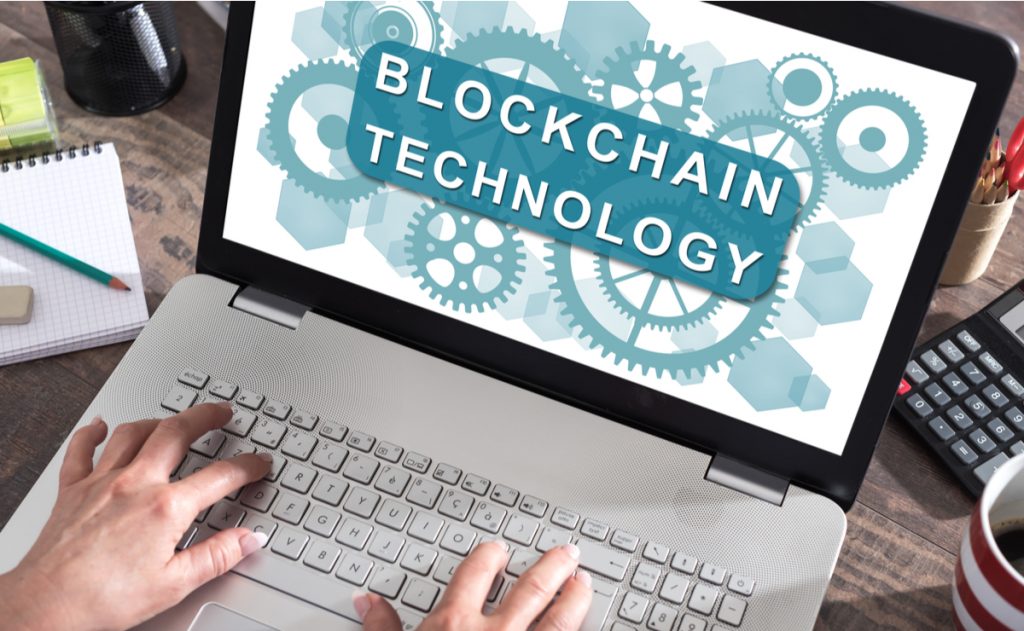IoT and Blockchain are revolutionary technologies in digital transformation. Each one of them has a unique role that adds value to processes. Good thing; it’s possible to combine the two technologies to enhance their functionalities.
The Internet of Things (IoT) connects places, people, and products, offering opportunities to create value. The interconnection of sensors, chips, and actuators embedded within physical devices transmit data to IoT systems. With powerful analytic capabilities, the data is turned into useful information that can positively impact the business processes.
By contract, Blockchain technology is a digital ledger technology allowing organizations to transact digitally. All the transactions are securely recorded and immutably across multiple computers linked in a peer-to-peer network. Blockchain is now beyond its cryptocurrency roots – its applications cover areas of IoT, finance, logistics, etc.
Blockchain and IoT
Combine Blockchain, a distributed ledger technology with IoT, makes it easier to perform machine-to-machine transactions. Blockchain uses a set of transactions recorded in a database; multiple sources verify the transactions and then enter them into a common ledger distributed across every node.
Combining IoT and Blockchain allows smart devices to work autonomously without needing a central authority. Remember, IoT relies on a central authority, unlike Blockchain, which relies on client-server or hub-and-spoke architecture. Decentralizing IoT ensures compatibility with a blockchain system but with some difficulties when configuring IoT sensors to handle computing and data storage. Reason? They can rely on central compute and storage resources.
Blockchain technology has three fundamental properties, i.e., immutability, distribution, and decentralization, which can benefit IoT. Distribution means that the data is replicated across several computers, making hacking pretty challenging, thanks to several target devices.
Additionally, redundancy in storage that blockchain technology offers confers extra security and enhances data access.
How does Blockchain Benefit IoT?
The distributed ledger is tamper-proof. Therefore, no single person or entity has control over the massive data generated by IoT devices. Again, blockchain encryption makes it impossible for people to overwrite the existing data records. And when you use the Blockchain to store IoT data, you get an additional security layer. IoT players aim at protecting the data in the entire system. The security vulnerabilities make the IoT devices prone to attacks and data breaches.
Beyond that, integrating Blockchain and IoT brings in new possibilities that enhance security, minimize inefficiencies and improve transparency. Coupling these technologies ensures that a physical asset can be tracked effectively.
Here are the real benefits:
1. Enhanced Security
Blockchain technology is highly secure as it verifies all the transactions ensuring that they are from a trusted source. Besides, it encrypts transmitted data and provides transparency about those that can access the data. IoT has many devices, which are prone to attacks. Combining the two technologies strengthens privacy agreements plus enhancing secure communications. The security measures include device authentication, alongside implementing various security layers to prevent unauthorized access.
2. Accelerated Data Change
Current blockchain implementation caps the number of transactions per second. However, a more enterprise-grade approach, such as a permission-based blockchain, can effectively handle the number and amount of devices within IoT. Also, it can handle the speed that the two parties transact. Blockchain leverages trusted nodes to minimize the time needed for validity – this is essential in addressing the performance requirements of IoT.
3. Lower Costs
The peer-to-peer mechanism of operation of Blockchain helps to minimize a business’s costs. Ideally, the decentralized system allows a more cost-effective way to eliminate points of failure while addressing the scale of IoT.
4. Streamlines Accounting
The added transparency that Blockchain and IoT offer is beneficial to accounting. Information – money, and data, is shared in a linear, time-stamped chain. This chain of the transaction is hardened and reliable, and therefore cannot is changed.
5. A More Efficient Supply Chain
IoT and Blockchain eliminate intermediaries; thus, improving the supply chain efficiency, increasing transaction speed, and lowering cost.

